Water is an essential ingredient to not only survival but your overall health.
If you’ve ever been a scout of any kind, or know the high percentage of contaminated water reserves or undrinkable water on the planet, then you also know that not all water is immediately safe to drink.
Luckily, there are tons of ways to purify water, whether it be mechanically or naturally.
If you want to purify your water so that it’s always safe to drink without having to think about it beforehand, or you want to have a supply of purified water for whenever you need it, there are ways to do so in more ways than one.
There are also ways in which you can purify a huge amount of water for the community to make it safe for everyone.
Here are the best methods and techniques you can use to purify water.
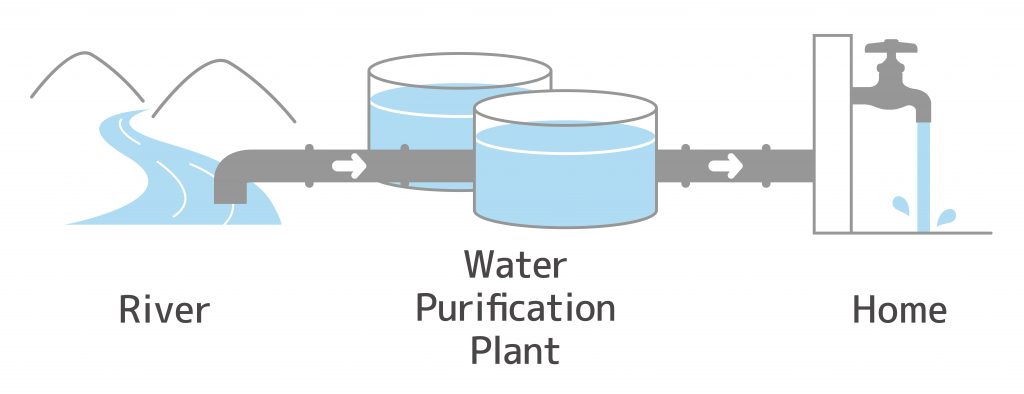
The Basics: Water Purification Methods For Individuals
Purifying Filters
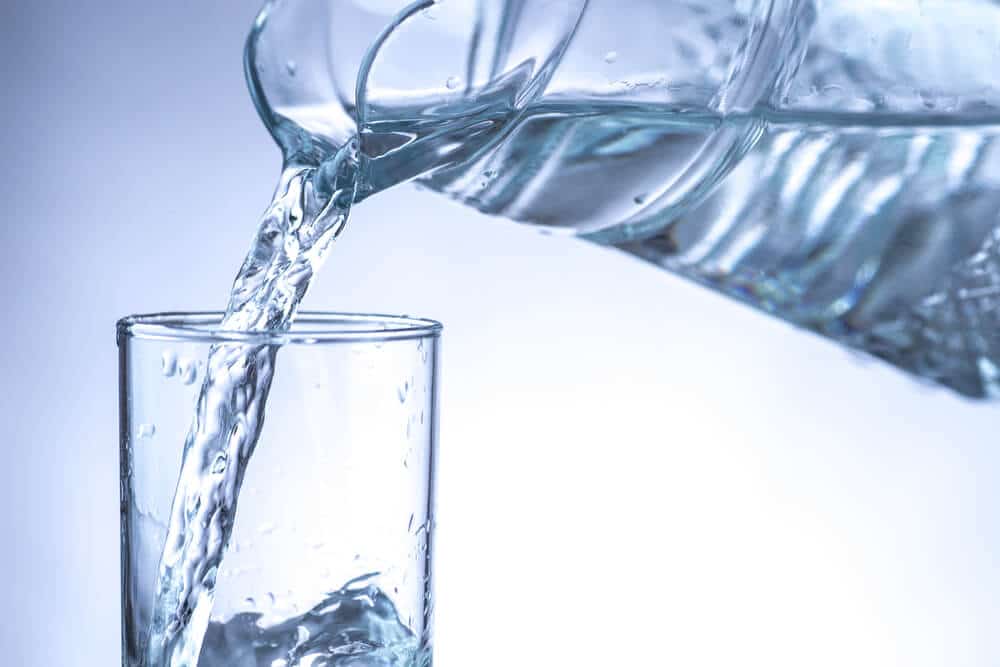
Many of us might have a Brita filter, whether as a pitcher or an individual bottle. This is one of the easiest mechanisms to get a hold of to purify the water in your household.
Brita filters purify water that comes from a faucet, filtering out hard materials that are found in groundwater, as well as any other unsafe minerals that can slip into a water supply.
The Brita filters do need to be replaced, usually every three months, as they can get clogged with minerals after excessive filtering. These filters are sold separately as well, so they are easy to get a hold of once you find yourself needing a new one.
An excellent way to tell if your filter needs changing is if you see any dark or colored particles floating in the filtered chamber as it drains.
A purifier of this caliber will be suitable for individual use or for a small household. They can take a longer time to drain, and purified water is not available immediately. There are options of larger pitchers, but if you find yourself impatient, there might be a better method for you.
In addition to pitchers, there are a few products on the market that can be installed directly to a kitchen sink, which will filter water as it comes. This is great to have not only purified drinking water, but also clean water to wash dishes, hands, and to cook with.
Boiling Water to Purify
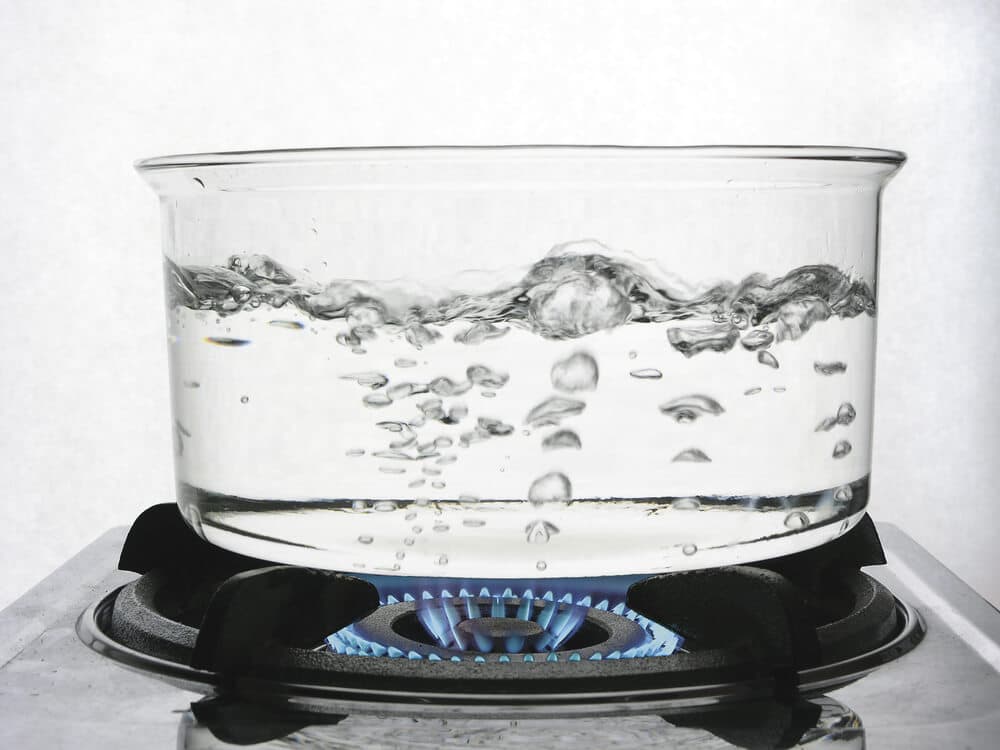
Another way to purify whatever easily is simply to boil it.
This will take a bit longer than a filtering system but is suitable for use while camping or if there isn’t an option to purify otherwise. This is one of the most “old fashioned” ways of purifying water, but nonetheless a handy one.
Boiling is especially effective for ridding water of bacteria, parasites, or a multitude of other viruses. Make sure to bring the water to a rapid boil and let it boil for one full minute before letting it cool. Once the water has cooled off, it should be safe enough to drink.
Boiling, however, will not prevent pesticides and harmful solvents from taking residence in the water.
Environmental Ways of Purifying
Solar Disinfection
Solar disinfection is one of the most eco-friendly ways of purifying water. Fostering solar energy, water is purified without the use of chemicals, machinery, or non-renewable energy. Solar disinfection mechanisms are also portable.
There are three main ways that solar disinfection functions: through electric water purification, heat purification, and UV purification.
Solar disinfection is used mostly to make already contaminated water safe to drink. Simply, if you know anything about solar energy already, the heat provides enough energy from the sun to eliminate microbes from the drinking water.
Because these mechanisms are portable, they’re also safe to travel with and make a good purifying system for any camping or hiking excursions.
Solar Distillation
Another way to purify water through solar energy is through the use of solar distillation. This method will purify more water at once. One of the most practical ways of purifying water and relatively quick, solar distillation is quite easily done with a makeshift still.
By constructing this still, which will help the water to be heated by the sun, and making a buried hole beneath it for the water to flow into, the water will be purified of any bacteria it may have been carrying before.
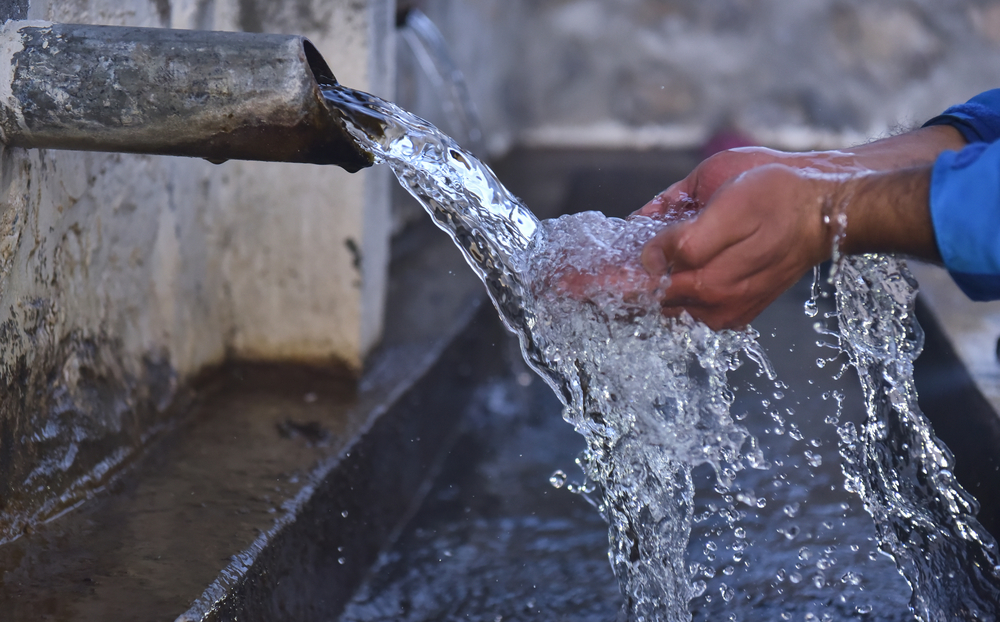
Cloth Filtration
Cloth filtration is also a system that doesn’t utilize chemicals or needs a significant amount of energy to do. The cloth filtration method has been used for hundreds of years and works best with water that comes from a well.
Many residents who still have wells on their land are well-versed in this technique. The only accessories needed are a bucket and a clean cloth.
Filtering the water through the cloth, you will see dirt and debris prevented from making it through to the purified water bucket, ensuring that the groundwater is now safe to drink. Though this might seem like another “old fashioned” way of purifying, sometimes the oldest methods still do the trick.
The Best Mechanisms for Purifying Water
Reverse Osmosis
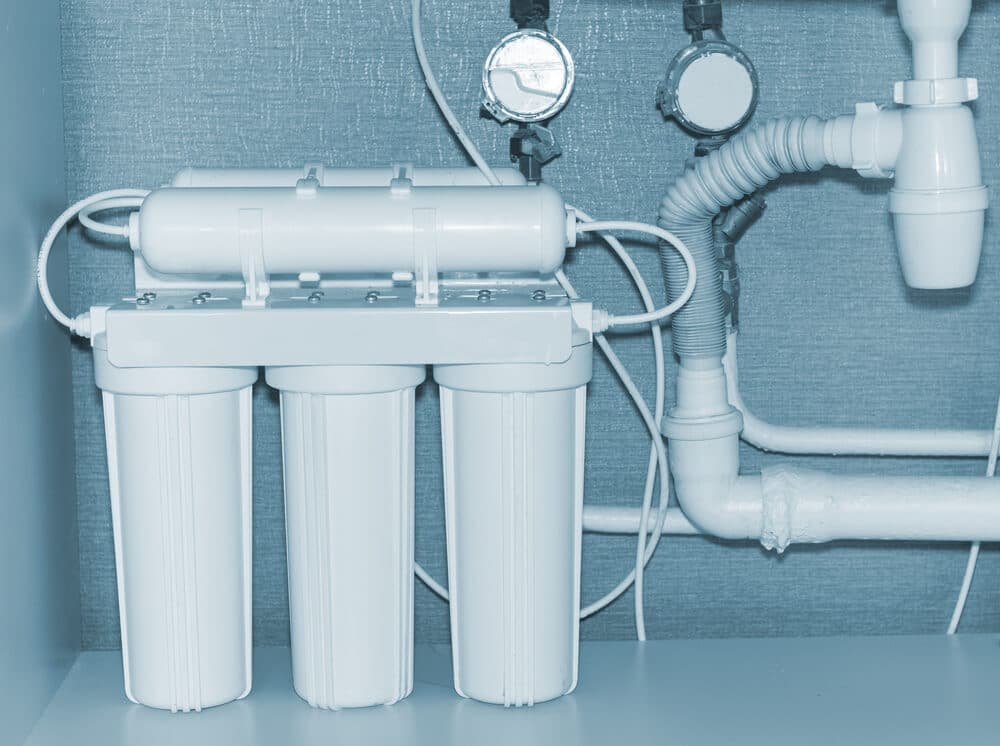
Reverse osmosis reverses the natural osmosis process which sends molecules through a semi-permeable membrane and aims to eliminate harmful or hard material from passing through to purified water.
There are ways of purchasing and installing reverse osmosis filters right into the home or business, which may be costly. Mostly, reverse osmosis purifiers are used to create pressure and weed out salt from seawater. There are various types of reverse osmosis purifiers, running from small to large and with varying degrees of efficiency.
Desalination
Desalination is a mechanism that is used widely and also as a portable option for purifying water. Specifically, desalination aims to remove salts and minerals from water. This method is mainly used to purify drinking water and water that will be used for agricultural purposes.
Just as there are some purifiers most advantageous for wilderness retreats or adventures, desalination products are especially good for those who plan on spending quite a lot of time at sea in order to get the salt out of ocean water and make it suitable for drinking.
UV Germicidal Irradiation
Ultraviolet Germicidal Irradiation decontaminates water through the use of ultraviolet light. The light serves to easily eliminate microorganisms using short wavelengths of light. UVGI is largely used to purify a significant amount of water for not much of a cost. The process is also quite fast in comparison to other techniques.
What UV treated water boasts in comparison to other purifying techniques is that it eliminates one of the most harmful aspects of un-purified water, that is, microbes, and simultaneously produces some of the least hazardous purified water possible.
The one downside of UV treated water is that it will need to settle for a longer period of time before it is safe to consume.
Aeration
Aeration is a system that treats a large supply of water. Aeration is actually used most often to treat groundwater, which carries with it many hard materials that can destroy pipes, as well as bacteria that isn’t safe to drink.
Aeration specifically seeks to purify water of iron, manganese, malodorous gases, and sulfur.
In order to balance gases, water is sprayed into the air to increase oxygen levels. Generally, the aeration process is done below ground, where the groundwater is found, and an encasement is built around the mechanism to keep the water protected from any further contamination.
Chemical Purification
In Situ Chemical Oxidation
This mechanism oxidizes groundwater, purifies drinking water, and lessens the appearance of contaminants, yielding an environmentally friendly way of purifying ground and drinking water.
However, this system does make use of chemicals, which speeds up the oxidizing process and eliminates contaminants. You can learn more about this purification method here.
Chlorination
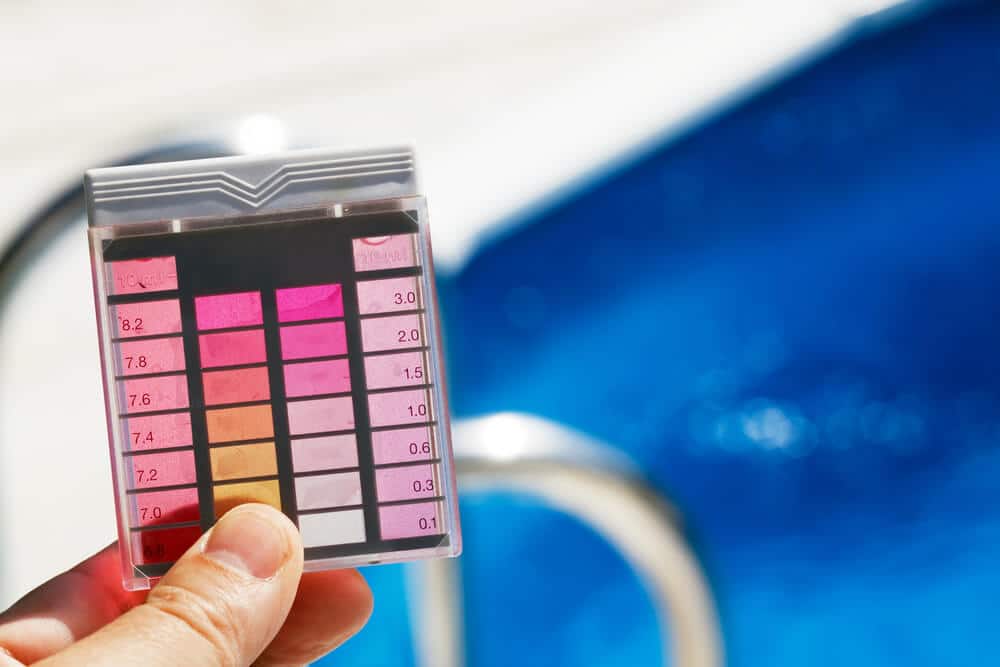
Most of us know what chlorination is if we’ve ever swum in or had a pool in our home. Chlorine is a substance that carries with it a strong odor and a purifying element that keeps bacteria from entering our bodies while swimming.
Chlorination can also be used to purify drinking water. The use of bleach will eliminate toxins that are harmful to ingest. It is also a highly chemical process, which calls for knowledge and precision.
Depending on the amount of water you want to purify, adding a few drops of bleach to it and allowing it to sit and absorb will yield safe drinking water. Albeit it may taste and smell contrary to what you’d want your drinking water too.
Ozonation
Ozonation is already a standard purifying method in Europe, which makes use of ozone, a strong-smelling gas, that disinfects water. This is a rather large system that rids the water of any bacteria, smells, tastes, or otherwise harmful materials from drinking water and for public use.
Ozonation also comes with some cons though, as its level of toxicity and possible hazards are still questionable. Not to mention the high cost of operation.
Any one of the above methods can be used to purify water.
However, there are easier methods with in-home installations- no prior knowledge would be necessary. The more you know!

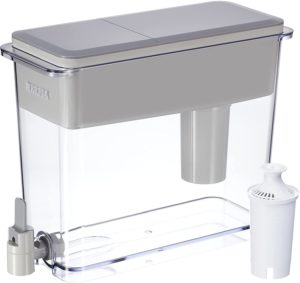
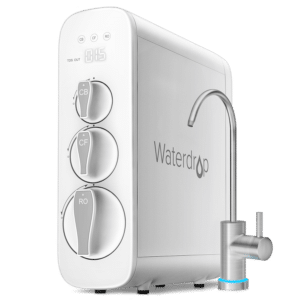
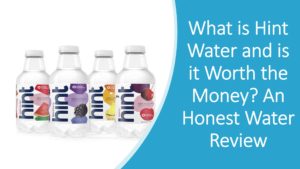
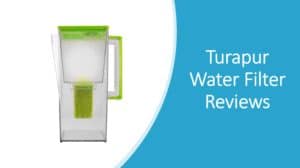
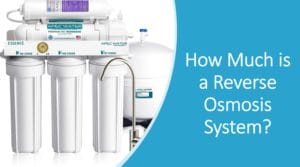
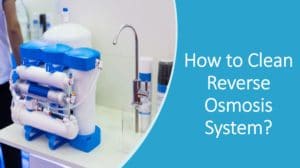

Jennifer, I have a family camp in northern Ontario. It is on an island so lake water is plentiful. I need a system to supply safe drinking water from the lake. What can you recommend?
Hi William, assuming we’re talking about a freshwater later and no need for desalination, then a general whole-house type of system or a point-of-use RO type of system in the kitchen would both work well. Read out articles on the pros and cons of both approaches and, thankfully, there are some really strong products from Aquasana, SpringWell, and others that make choosing a way to go pretty easy. One other thing I’d recommend is reviewing any information or bulletins from the local authority for the water quality of the lake. If there’s anything special going on that you need to understand, you want to make sure you use a system that addresses any such needs for purification of the drinking water.